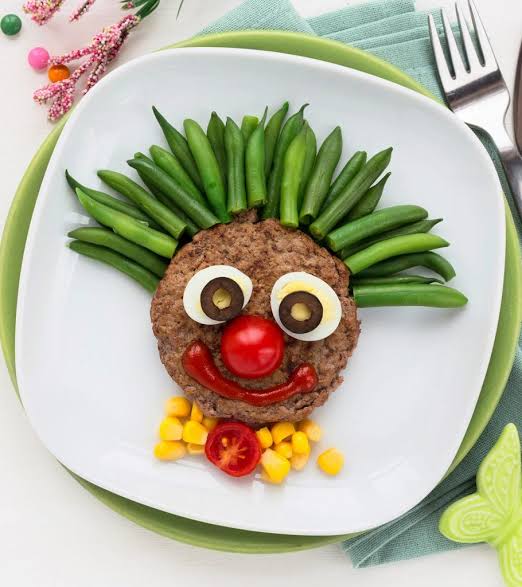
Fiber plays an important role within the walls of the digestive system, so it can help children feel satisfied after a meal. Getting plenty of fiber can help control cholesterol and promote good gut health. High-fiber foods are often naturally rich in vitamins and minerals. And compounds that are beneficial to you, such as antioxidants, according to what was published by the “eatingwell” website.
How much fiber do children need?
Children’s fiber needs vary by age (ranging from 19 grams per day for 1- to 3-year-olds up to 26 and 38 grams for teens), if tracking your fiber grams isn’t your thing, make sure your kids eat 5 servings of fruits and vegetables each day.
High-fiber foods for children
High-fiber cereals:
Almost all children love cereal. Ready-to-eat cereals packed with fiber can provide 3 to 14 grams of fiber per serving. Shredded wheat contains 6 grams of fiber per serving.
2. Raspberries:
A cup of berries contains 8 grams of fiber. Raspberries are particularly high in fiber compared to other fruits. When they are not in season, you can buy frozen raspberries and use them in smoothies and muffins, or thaw them into yogurt dishes.
3. Peas:
One of the few green vegetables that most kids don’t object to is also full of fiber: A cup of green peas contains 9 grams of fiber. Frozen peas are inexpensive and easy to preserve.
4. Beans:
A half-cup serving of black beans and chickpeas provides 8 grams of fiber. Versatile fiber-packed beans, lentils, white beans, and kidney beans are all kid-friendly (and fiber-rich) legumes to try, too.
5. Avocado:
Eat a half cup, and you’ll get 5 grams of fiber. Avocados are also rich in heart-healthy fats. If your child hates the texture or flavor of avocado, try blending it into a smoothie for a fiber boost.
6. Almonds:
Almonds top the list as walnuts contain the most fiber. Consider replacing peanut butter with almond butter. Nuts are also a great source of healthy fats for kids. If allergies are a concern, try sunflower seeds or pumpkin seeds for fiber and protein.
What happens if my child gets too much fiber?
Too much fiber can cause some uncomfortable digestive side effects, such as bloating or gas. If your child is on a low-fiber diet, increase activity slowly and be sure to give your child enough fluids.
To maintain digestion, water is also essential, so teach little ones to carry a water bottle, and show them how to fill it through a sink or water filter so they can drink when they feel thirsty.






